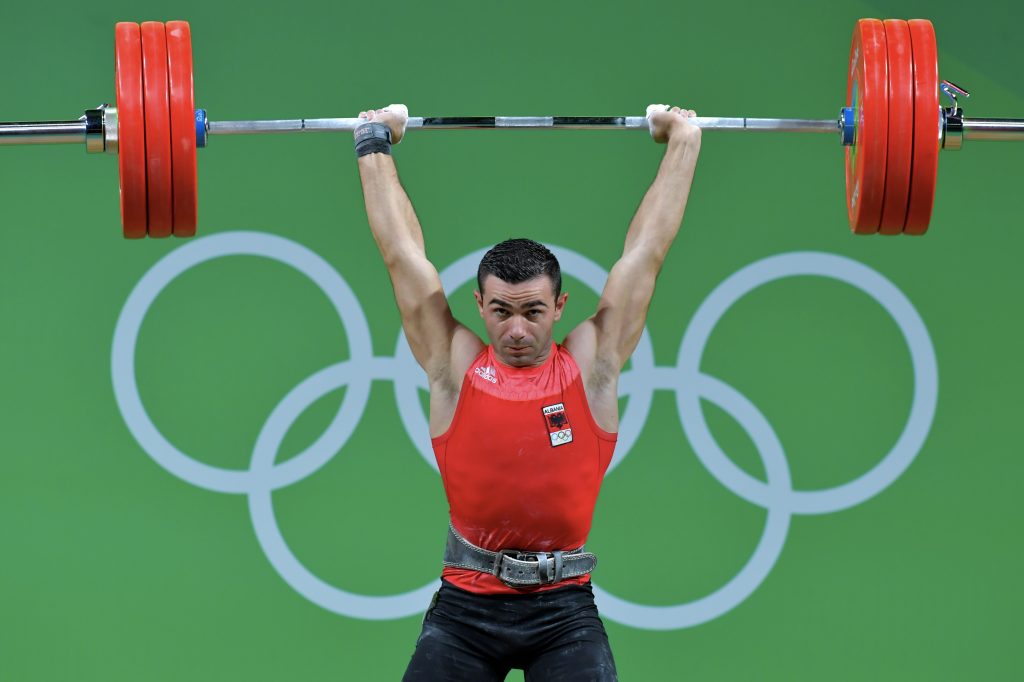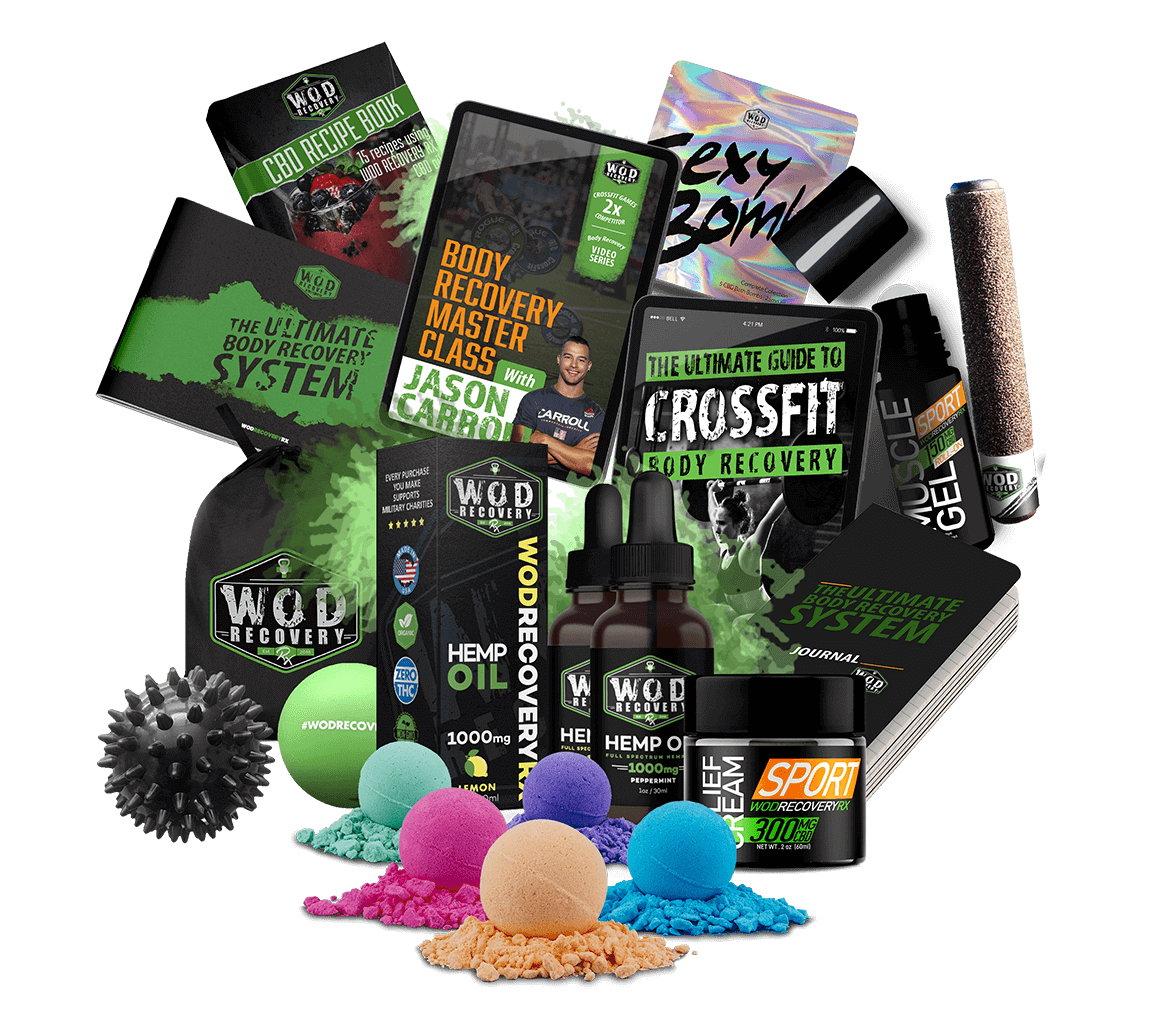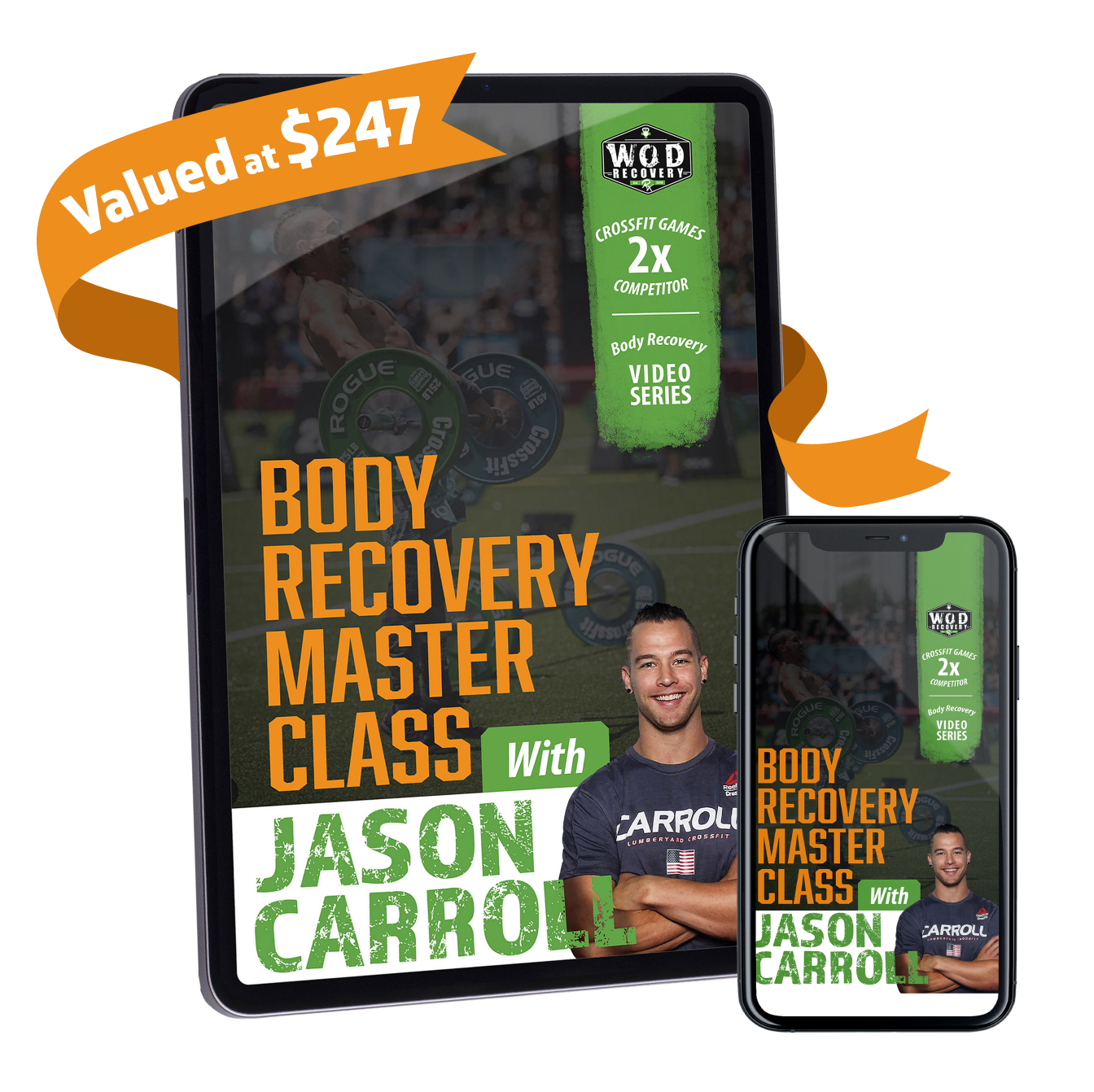HOW TO DO OLYMPIC LIFTS
Despite what the name may suggest, you do not need to be in the Olympics to do Olympic lifts.
It is a misnomer, like Chinese Checkers (which requires you to be neither Chinese nor have a previous knowledge of checkers) or fireflies (Which are not actually on fire).
You don’t need to be an Olympian, either.
It is unclear whether Zeus and Poseidon did clean and jerks in their spare time between messing with ancient greeks, but that does not matter.
All you need to do Olympic lifts is a body physically healthy enough to work out, a little patience, and a whole lot of motivation.
So, whether you became a CrossFitter yesterday or have been doing WODs for the previous 17 years, Olympic lifts are going to be an important part of your life.
Therefore, they need to be learned and done properly.
What Is An Olympic Lift?
Olympic lifts are broken down into 2 main lifts: the snatch and the clean and jerk.
Olympic lifts are complex and shrouded in an air of mystery.
People watch their resident gym superhero do a few reps of snatch and think to themselves ‘I could never do that’.
Wrong.
While they do take some time and patience to master, Olympic lifts can be an integral part of anyone’s workout regime, and is found in many WODs.
Snatch
The snatch is arguably the epitome of total body strength.
Starting with the barbell on the ground in a deadlift position, the bar is explosively lifted above the head with arms locked and caught in a squat.
To complete the snatch, the lifter must stand up with the bar above their head and feet in line with each other.
Clean And Jerk
The clean and jerk is similar to the snatch in many ways. Another great indicator of total useful muscle, it splits the movement of the snatch into two movements.
The clean starts out from the deadlift position, identical to the snatch in setup. From there, the bar is again explosively lifted off the floor and into the air.
A major difference is that the bar is now caught on the shoulders with elbows parallel to the floor. Think of a front squat.
The jerk is the second part of the lift.
After catching the bar and standing up, the lifter bends at the knees to create power, pushing up in a jumping motion and splitting the legs to catch the barbell overhead.
For both exercises, it is common practice to drop the bar onto the floor after a rep, especially at close to max weights.
If you feel confused about both or either of these exercises, fear not!
More information and a more in-depth explanation is coming below.
Start here: https://www.youtube.com/watch?v=12wcqj22v4o
Targeted Muscle Groups
A smaller list would definitely be “Muscle groups NOT targeted by Olympic lifts”.
Compound exercises like Olympic lifts, the squat, and the deadlift work the entire body. In olympic lifts, the legs are required to work like twin pistons, pushing your body and the weight off the ground.
The core keeps everything tight and stable. Arms, back, and even chest are needed to pull the bar, catch the bar, then jerk the bar overhead.
Really, you can’t ask for a better full body exercise than the snatch or clean and jerk.
The 4 Olympic Lift Benefits
Builds Muscle
Nothing builds lean, functional muscle like compound lifts, and Olympic lifts are at the top of that list.Even though they use more legs than upper body, your upper body still grows a significant amount through these lifts.
When compared to an easier accessory lift, say a dumbbell fly, Olympic lifts put way more stress and strain on the body.
The beautiful thing about humans is that we are incredibly good at adapting to stress and changes in our environment. We love homeostasis, that beautiful thing that makes us sweat when we’re hot and conserve heat when we’re not.
This means that the incredible stress from Olympic lifts on our body cause a change. More hormones are released to build muscle. Our body floods our tired muscles with proteins to heal and better prepare them for next time.
We love to adapt.
Trains Explosiveness
If you’re an athlete, Olympic lifts are your best friend. It is a full-body movement that required you to move strong and fast.
Remind you of anything?
Possibly something like football, or basketball, or CrossFit, or _______? (Fill in the blank with the name of basically any sport in the entire world)
By training our body to move a large amount of weight a great distance in a small amount of time, we train it to be explosive.
Full-Body Connection
Olympic lifts require great concentration and coordination.
The whole body needs to work together to make a complex, multisegmented motion look so easy a baby could do it.
The first few times you practice Olympic lifts, you’re going to feel wobbly and out of your comfort zone. Your nervous system isn’t used to the movement.
Once your nervous system catches on, it builds new neural pathways in your brain to cement the movement and make it easier.
These neural pathways help your nervous system work better in everyday activities as well.
Olympic Lifts Burn Fat
Olympic lifts get the heart pumping and the lunges heaving, and therefore are great for burning fat.
The more physical stress you put on the body, the more it will burn fat to keep your energy stores high.
Like we said above, almost nothing puts more stress on your body than Olympic lifts.
Builds muscle, builds explosiveness, improves the nervous system, and eats away fat – all in a day’s work for Olympic lifts!
How Do You Do Olympic Lifts?
There is no hiding it, Olympic lifts are complex movements. They require training to get the proper form down and focus to correctly do the lift without injury.
However, once you have that form down, you will see quick improvement. Nothing slows you down more in a WOD that contains Olympic lifts than only a vague knowledge of how to do the lifts.
If you get the form down, you’ll see your WOD scores soar.
Below, we have in-depth explanations of both the snatch and clean and jerk.
Start with these, and if you need more explanation head over to YouTube or get a demonstration from your CrossFit coach.
Snatch
- Stand with feet slightly wider than shoulder-width apart. Hold the barbell wider than shoulder-width on the floor. Stick chest out and shoulders back.
- Hinge back at hips in a deadlifting motion.
- Power through legs and jump off the ground, keeping arms straight and pulling the bar upwards. Keep the bar close to the body.
- When the bar reaches shoulder height, drop under the bar into a squat and catch the bar overhead with elbows locked.
- Stand up from squat, maintaining locked elbows and bar overhead.
- Drop the barbell in a controlled motion. If it is light and easily controlled, it can just be controlled down to the starting position. If it is heavy, control the bar in a drop to the ground.
Variation – Single-Arm Dumbbell Snatch
This is identical in setup to the barbell snatch, except single-arm using a dumbbell.
Clean and Jerk
- Stand with feet slightly wider than shoulder-width apart. Hold the barbell slightly wider than shoulder-width on the floor. Stick chest out and shoulders back.
- Hinge back at hips in a deadlifting motion.
- Power through legs and jump off the ground, keeping arms straight and pulling the bar upwards. Keep the bar close to the body.
- When the bar reaches shoulder height, drop under the bar into a squat and catch the bar on your shoulders with elbows bent and parallel to the ground.
- Stand up from squat, then bent legs to again power up.
- Push up again, this time doing a shoulder push press with the barbell.
- Split the legs into a standing lunge to catch the weight with elbows locked overhead. Bring your back foot up to stand shoulder-width apart again.
- Drop the barbell in a controlled motion. If it is light and easily controlled, it can just be controlled down to the starting position. If it is heavy, control the bar in a drop to the ground.
Variation – Single-Arm Dumbbell Clean and Jerk
This is identical in setup to the barbell clean and jerk, except single-arm using a dumbbell.
Reps and Sets
As Olympic lifts are complex and strenuous, lower repetitions are usually required.
In some WODs you may be doing lighter snatches that focus on speed instead of power, in which case you can do more.
In general, if you are focusing on strength gain and explosiveness, keep the reps in the 3-5 range, even dropping down to 1 rep to work on your max.
Do this for 3-5 sets.
Safety Tips
Olympic lifts are only a good exercise if you’re doing them properly and not constantly getting injured. Keep these tips in mind for next time you perform the exercise:
Focus On The Form
Form, form, form!
Olympic Lifts are a danger to your entire body if not done properly.
Instead of packing on the weights and hoping for the best, start light and master the form.
Once you have the form down, then you can start moving up the weights.
As soon as you feel your form weakening as the bar gets heavier, scale it back until you can use perfect form once again.
Breathe
Make sure you breathe throughout the set. It may seem like it allows you to go faster, but this is actually counterproductive for a couple of reasons.
Firstly, you need air too, you know, survive for more than a minute. This is essential for biking, CrossFit, and generally the life of everything on Earth.
So breathe during your exercises.
Secondly, breathing is essential for keeping up our pacing. When we stop taking in fresh oxygen, our muscles fill with lactic acid and grow sluggish.
You heard it here first: breathing is important for humans.
Drop The Bar Don’t Let The Bar Drop You
There is a difference between dropping the bar after you finish a rep and dropping the bar after you finish a rep.
One is what the best of the best do, and everyone should strive to follow. There is a great deal of control and safety involved.
The bar needs to be guided to the ground, not just chucked from 7 feet in the air.
Hands stay on the bar until after it bounces to make sure than it does not take a weird bounce and break someone’s shin. That would be bad.
The second way to drop the bar is to wildly release it from the top of the lift, and then hope for the best.
Don’t do that. That is not good.
Your Legs Are HUGE!
Your legs largely composed of the hamstring, quadriceps, and gluteus maximum. These are three of the biggest, strongest muscles in the body, so use them accordingly.
A common misconception for beginners in Olympic lifts is that the arms play a major role in lifting that barbell.
This is not true.
While the arms, chest, and back do play a role, it is more supportive than primary.
They are mostly there to guide the bar into its place. This does require a great deal of muscle, but is not why the bar moves.
The bar moves through your legs. By powering through them, you create the necessary power to make the bar almost weightless as it rises through the air and you catch it.
Your legs are HUGE, so use them!
WRAPPING UP HOW TO DO OLYMPIC LIFTS
Olympic lifts are great exercises when done properly. They combine muscle strength, explosiveness, and fat burn into a nice little bundle.
Plus, they look badass.
Take what you learned here and apply it to your training. If you already had the snatch or clean and jerk form, awesome.
If not, also awesome!
Because now you have the groundwork, the basic tools, to learn that perfect form, and therefore you are on the road to Olympic lifting success!
Now it’s time to put the learning to good use!
You Kill The Wod, We’ll Recover The Bod!
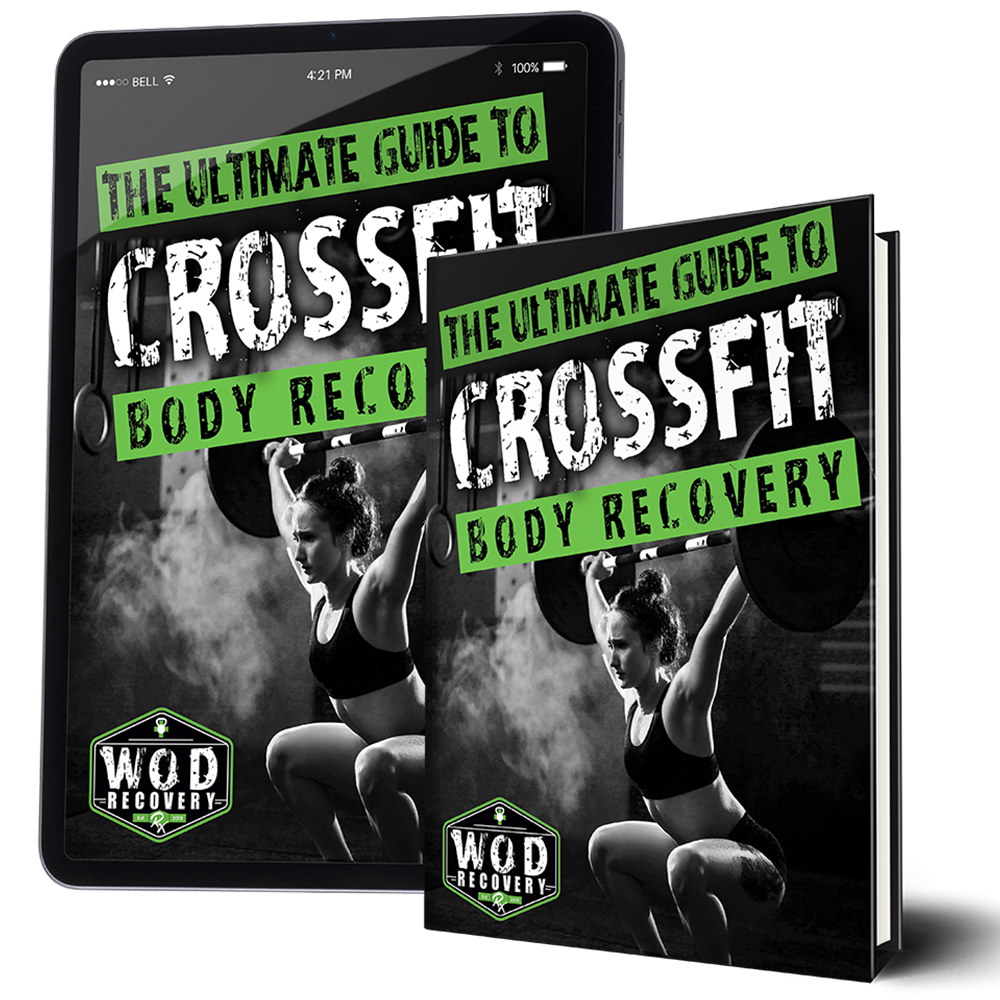
RX+ YOUR BODY RECOVERY TODAY!
Enter your information below to get this FREE report today!

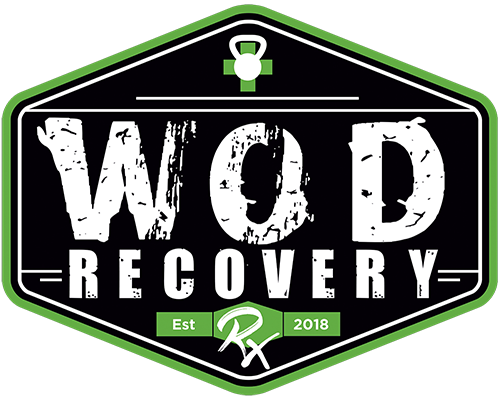
WOD RECOVERY © 2020 | 428 Gaslamp, Inc.
Disclaimer: All hemp-derived products contain 0.0% THC
The statements made regarding these products have not been evaluated by the Food and Drug Administration. The efficacy of these products has not been confirmed by FDA-approved research. These products are not intended to diagnose, treat, cure or prevent any disease. All information presented here is not meant as a substitute for or alternative to information from health care practitioners. Please consult your health care professional about potential interactions or other possible complications before using any product. The Federal Food, Drug, and Cosmetic Act require this notice.
WOD RECOVERY RX © 2020
428 Gaslamp, Inc.
Disclaimer:
All hemp-derived products
contain 0.0% THC

The statements made regarding these products have not been evaluated by the Food and Drug Administration. The efficacy of these products has not been confirmed by FDA-approved research. These products are not intended to diagnose, treat, cure or prevent any disease. All information presented here is not meant as a substitute for or alternative to information from health care practitioners. Please consult your health care professional about potential interactions or other possible complications before using any product. The Federal Food, Drug, and Cosmetic Act require this notice.
